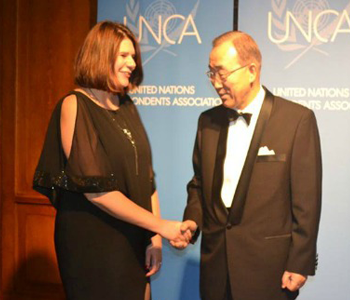
by World Moms Blog | Jun 11, 2015 | 2015, Family, Guest Post, World Motherhood, Younger Children
Her feature on The Huffington Post is going viral, and her e-mail inbox is currently overflowing with media requests. Caitlin Domanico of “United We Feed” is a World Mom on a mission through photography to unite mothers in how we feed our babies. We look forward to following the journey she has launched as she continues to capture the diversity of mothers feeding their babies around the globe. We are excited to bring you her guest post on World Moms Blog today…
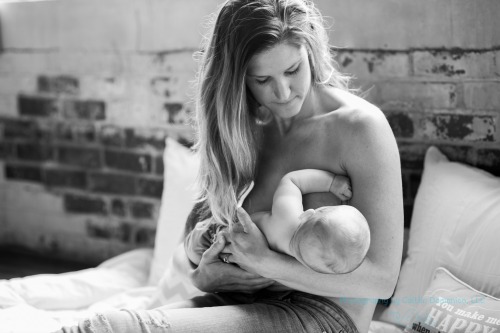
To the mom who is feeding her baby,
You decided how to feed your child long before they were ever born.
“I am going to breastfeed.”, you said. Or maybe you said, “Nursing is not for me, I will pump.” Maybe neither of those were an option for you. Maybe formula was your milk of choice, or maybe, just maybe, your doctor informed you that it will be necessary to use a tube to help your child thrive.
I see you. I see you feeding your child every single day.
I see you feeding your child on very happy days, and on very sad days.
I see you feed while you sing and coo and gaze into your baby’s eyes.
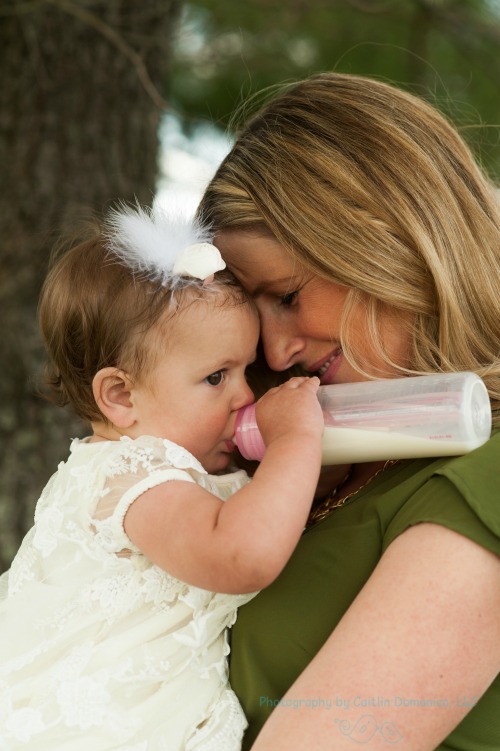
I see you feed while you are filled with pain and sorrow, as you try to find a smile through the tears.
You feed at first thing in the morning, you feed in the wee hours of the night while the rest of the world is sleeping.
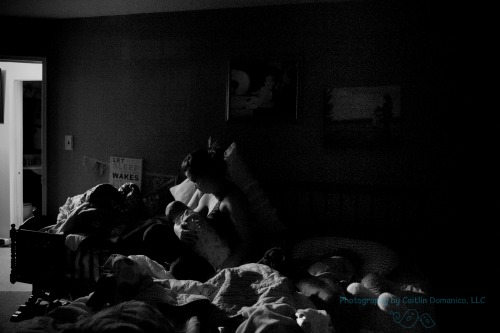
You feed while you are out to eat, and while you are on vacation.
When you are at work or at the store, you leave your baby with a loving caregiver and ensure they have enough to feed your little one.
One thing is very apparent while noticing you and your baby — the insurmountable amount of love that exists between you.
You smile and your baby smiles. You frown and your baby frowns.
Your baby holds your shirt, your hand, twirls your hair, and kicks her feet with joy and contentment.
Your baby loves you and you are smitten over him.
Maybe your bottle was filled with pumped milk, or maybe is filled with formula, but that doesn’t matter to me.
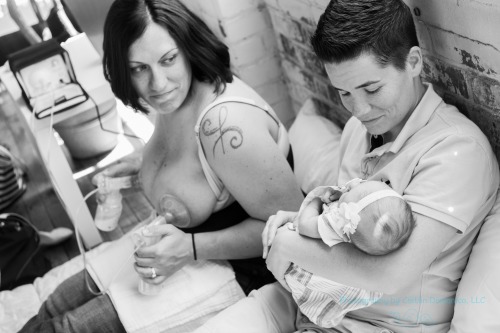
Maybe your baby gets her milk from you while breastfeeding, or maybe she nuzzles in close and as her pump delivers milk directly into her stomach so that she can grow and develop, but either way, it doesn’t matter to me.
I know it matters to you, and it should.
Please don’t take that to mean I don’t care, and that I don’t respect your choices as a mother, because actually, it is quite the opposite.
I care.
I care about you as a mother.
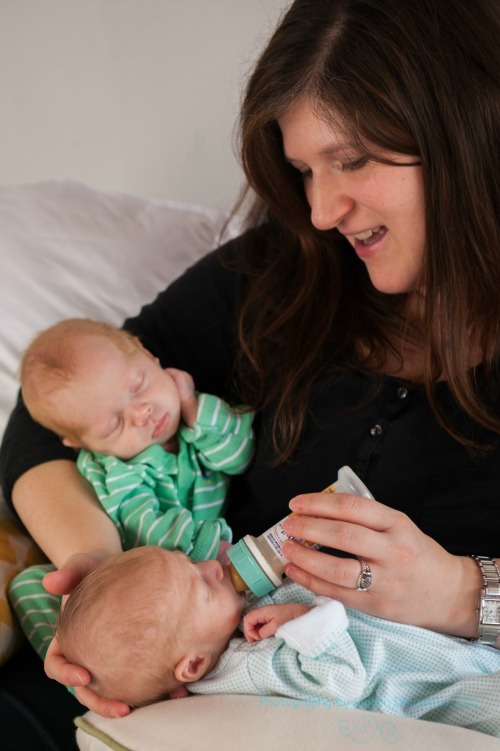
I care about your beautiful child.
I support and respect you, because you are a good mom. There are so many ways to be a good mom, and you are one of the best.
You see, I fed my first child with breast milk and formula, and now, six-years-later, she is a gem. We are close, so close that at times, I wonder how I ever lived without her. She had both types of milk and she is absolutely lovely, just like your little one. My second daughter only had breast milk, a decision she made when she refused a bottle. She is incredible, just like your little one. She loves her mama and takes every opportunity to snuggle in close, just like your little one. I know where you have been, because I had the cherished task of feeding my babies, too.
Motherhood is tough, and mommy guilt has worn-out it’s welcome here.
Tonight, when you hold your dear one close and feed them before bed, feel proud that you are apart of a community of women who love fiercely, protect feverishly, and support one another, no matter how they choose to feed their babies!
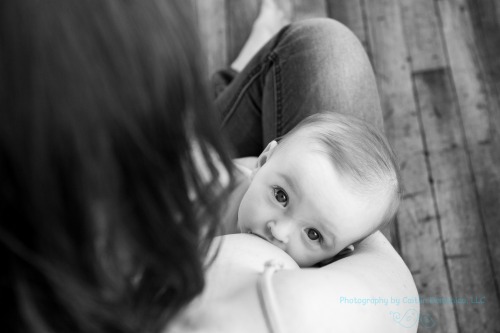
xoxo,
United We Feed
About the Author:
Caitlin Domanico grew up in Bucks County, Pennsylvania on a small horse farm. Now a mother of two, Ava (6) and Genevieve (nearly 2), Caitlin resides in Montgomery County with her daughters and her husband. She operates a photography studio in the center of her town, where she focuses on capturing families and specifically, documenting motherhood. During the week, Caitlin can be found having dance parties with her daughters, photographing families, or part-time teaching as a special education teacher in birth-3 services. Caitlin’s photo series “United We Feed” had gained international recognition for empowering and uniting women and the many ways they nourish their babies. For more photos head to her photography site!
Photo credits to Caitlin Domanico. This has been an original guest post to World Moms Blog from Pennsylvania, USA.
World Moms Blog is an award winning website which writes from over 30 countries on the topics of motherhood, culture, human rights and social good. Over 70 international contributors share their stories from around the globe, bonded by the common thread of motherhood and wanting a better world for their children.
World Moms Blog was listed by Forbes Woman as one of the "Best 100 Websites for Women 2012 & 2013" and also called a "must read" by the NY Times Motherlode in 2013. Our Senior Editor in India, Purnima Ramakrishnan, was awarded the BlogHer International Activist Award in 2013.
More Posts

by World Moms Blog | May 14, 2015 | 2015, Awareness, Being Thankful, Celebrations, Child Care, Cultural Differences, Culture, Death and Dying, Expat Life, Eye on Culture, Family, Global Citizenship, Gratefulness, Guest Post, Home, Identity, Inspirational, International, Life Lesson, Living Abroad, Milestones, Motherhood, Moving, Multicultural, Parenting, Relocating, Respect, Responsibility, Singapore, UAE, World Events, World Moms Blog, World Motherhood, Younger Children
 Two months ago, we had our first experience going to a medical clinic in a foreign country.
Two months ago, we had our first experience going to a medical clinic in a foreign country.
Come to think of it, we managed nearly four years in Paris without needing to do so. It helped that we lived across the street from a pharmacy (a distinct Parisian ‘landmark’). Those days, we relied heavily on self-medication and the advice of our friendly pharmacist.
This time around, these options couldn’t cut it. Our 22 month-old daughter had already been ill for a week and wasn’t getting any better.
Having only recently arrived in Abu Dhabi, we had no idea about which pediatrician to consult. Armed with a recommendation from a mum’s group, I called up only to find out with some panic that the earliest appointment was in four days’ time. After some frantic telephone conversations with my husband, we made a dash for a walk-in clinic which closed its doors at 1pm.
While this may be common in many countries, it is not something that we would have encountered back home. In Singapore, we could always see our pediatrician at short notice after a quick phone call. This was always reassuring, especially for first-time parents who made a big deal out of every rise in temperature or unusual cough.
Our experience at the clinic made me a little homesick and left me wishing for many things, big and small, that we often take for granted back in Singapore.
This feeling was further intensified a few days later, when news broke that Singapore’s first Prime Minister, Mr. Lee Kuan Yew, had passed away.
Amid the numerous news reports and posts on social media from friends and folks back home, I felt a keen sadness for the nation’s loss of the man who made Singapore what she is today.
Countless politicians, heads of state, journalists and media outlets inundated us with statements, commentaries and judgements on the life and impact of our “giant of history”. I leave this to them.
What I’ve been mulling over, what preoccupies me as a parent, is what Mr. Lee Kuan Yew’s legacy entails; it’s what he has left Singaporeans, our future generations and my daughter.
Every opportunity is available to my daughter:
- She has access to education from an early age and will never have to struggle for the right to go to school.
- She can run around freely in our neighbourhood and enjoy her childhood innocence in playgrounds.
- She can go out with her mother now, or alone in the future, without restriction or the necessity of being accompanied by a male presence.
- She can travel around our little island on public transport, and see marvellous skyscrapers and iconic buildings, all set amidst verdant flora.
- Her safety outside our home is not an issue that her father or I have to worry our heads about, neither does she need to be anxious over whether her parents will get home safely at the end of the day.
- She will have friends from so many different cultures and nationalities, and she can be proud of being able to claim heritage from multiple cultures.
Every opportunity awaits my daughter, for her to make something out of it.
For these and many other reasons, my heart hangs heavy and yet swells with pride for our tiny island and I long for the next time we arrive again at Changi Airport, to see the sign “Welcome Home”. It is a home and country that a visionary built. It may not be a perfect place but my daughter has so many things to be thankful for.
This is an original, first post to World Moms Blog from KC, who is currently stationed with her family in Abu Dhabi but born and bred in Singapore. This is their first international job posting with their daughter, TT, who is now 22 months old. You can read more about Singaporean-expat life through KC’s eyes on her blog, Mummy In Transit, or through her Facebook page at www.facebook.com/mummyintransit .
The image used in this post is credited to the author’s friend, Jacob O’Quinn, and is used here with permission.
World Moms Blog is an award winning website which writes from over 30 countries on the topics of motherhood, culture, human rights and social good. Over 70 international contributors share their stories from around the globe, bonded by the common thread of motherhood and wanting a better world for their children.
World Moms Blog was listed by Forbes Woman as one of the "Best 100 Websites for Women 2012 & 2013" and also called a "must read" by the NY Times Motherlode in 2013. Our Senior Editor in India, Purnima Ramakrishnan, was awarded the BlogHer International Activist Award in 2013.
More Posts

by World Moms Blog | Apr 2, 2015 | 2015, Awareness, Being Thankful, Boys, Celebrations, Childhood, Culture, Guest Post, Health, Identity, India, Inspirational, Life, Life Lesson, Milestones, Motherhood, Priorities, Time, World Motherhood, Younger Children
 One moment everything seemed fine and the next I was creating a little puddle of tears on my Yogasana mat.
One moment everything seemed fine and the next I was creating a little puddle of tears on my Yogasana mat.
I emerged from the yogasana pose to find unexpected sobs bursting through my throat, catching me completely unawares. A little part of my mind wondered what this was all about. And then I realized this was probably because of a niggling dissonance within, a reaction to a new milestone in my son’s growth that had not yet been completely accepted or acknowledged. This is what had led to the sudden grey cloud near the heart, that burst through as tears.
This morning, as Abhishek, my son, was having his breakfast before leaving for school, he called out to me saying that there seemed to be a gap between his two lower incisors. I touched a tooth and immediately found it was loose. The milk tooth would soon fall. We grinned and Abhi told me about how Kirti, his school mate, already had two teeth missing. I thought of a couple of his other friends, senior to him by a year, wearing gap-toothed smiles with part-embarrassment, part -pride. Now he would be a part of that gang too.
As we waited at the bus-stop for his school bus, we talked of the concept of the tooth-fairy. We both agreed that the concept was “cute”. I bid him bye, returned home and resumed my morning chores.
But somewhere in the heart, deep, deep down, the unarticulated thought had arrived – our little baby is about to lose his baby teeth. How did the years fly by so fast? And that would have been the genesis of the tears.
The innocence and unsullied grace of childhood are truly magical and seem long-lasting. But the pace of change and growth can actually be so rapid, that the heart can seem overwhelmed. Scarcely does a new milestone–a habit, a skill, or a new activity–set in, than the “Finish” line for that zooms forward, and before one knows it, it is time to say goodbye to yet another phase of one’s child’s growing years.
So much to cherish and so little time! It seems like it was only yesterday that I was rhapsodizing over Abhishek’s four new, shiny little teeth and feeling nostalgic about toothless, gummy smiles. And now it’s time for those very teeth to go!
“So what?”, one may wonder. A purely practical approach to this whole thing would be that his physical growth is going on fine and that I ought to be feeling reassured!
But to me it seems to be much more than that. His shaky little tooth tells me a lot of things. It reminds me that he is growing up quickly and that the only mandate I have been given from the Universe is to give him love, pure and unadulterated, intense and in every moment. It shows me the passage of the seasons of time – the travails of toddler-hood have given way to heart-touchingly earnest attempts at responsibility for this sweet-yet-solemn almost-six-year-old.
But most of all, the tooth reminds me that “this too shall pass!”
So must change be heralded by tears? Not at all. Something tells me that some of the tears were tears of regret, for all those “Not now please, I am busy” moments, when I allowed temporary realities to hijack my energies away from the greater priority of sharing my time and care with him.
Those moments are irretrievable and all I can hope is that this tooth has taught me a valuable learning. And then there were a few tears of concerns: am I ready to guide him right as he reaches a new phase of growth? As ready as I will ever be, I guess.
And then there were tears of joy: my little one, darling creature of the Universe, is growing up.
Motherhood seems like a permanent stage of “Work in Progress”. There is no “Finished Product”, just a heart that smiles, cries, is pulled and stretched and learns to give some more.
This is an original guest post from Piya Mukherjee in Mumbai, India; Mother, Corporate Trainer, Director.
The image used in this post is attributed to Stephanie Sicore of Young@Art. It holds a Flickr Creative Commons attribution license.
World Moms Blog is an award winning website which writes from over 30 countries on the topics of motherhood, culture, human rights and social good. Over 70 international contributors share their stories from around the globe, bonded by the common thread of motherhood and wanting a better world for their children.
World Moms Blog was listed by Forbes Woman as one of the "Best 100 Websites for Women 2012 & 2013" and also called a "must read" by the NY Times Motherlode in 2013. Our Senior Editor in India, Purnima Ramakrishnan, was awarded the BlogHer International Activist Award in 2013.
More Posts
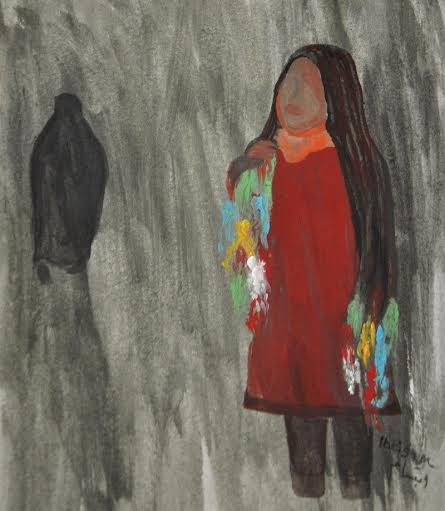
by World Moms Blog | Apr 1, 2015 | Feminism, Girls, Gratefulness, Guest Post, Human Rights, Husband, Priorities, School, Social Equality, Uncategorized, Women's Rights, Working Mother
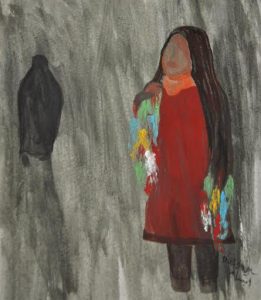 Kids complain about going to school today? Have them read this guest post, which comes to us from Ibtisam in Oman. You can find more of her wonderful perspective on her blog: ibtisammusings.com.
Kids complain about going to school today? Have them read this guest post, which comes to us from Ibtisam in Oman. You can find more of her wonderful perspective on her blog: ibtisammusings.com.
Sometime in the late 1960s, there was a six-year-old girl whose father did not believe education was of any benefit to her. However, because her eldest brother took a stand that education was her right, she went to school and was quite intelligent in her studies. She did not make it to high school, but those first few years meant the world to her.
Fast-forward to 1998. There was 18 year-old girl who just graduated from high school with grades that enabled her to receive a government scholarship to further her studies. She had a dream of studying somewhere abroad. Her father supported her endlessly without having a second thought about it.
Two women, my mother and me, received a life-changing education made possible by the men in our family. In our part of the world, and specially for some women, it was like asking for the moon. The sad thing is, that is still the case for many other women.
In 2010, my husband registered me for a Master’s degree course in business administration. I had two children at that time who were 2 and 4 years old. I had a house to take care of, but he believed I could do it, and I did do it with his full and endless support. He ’empowered’ me to do the course before himself, although it is what he wanted to do for many years.
I worked for ten years at a hospital, then I quit to start my own business. I still can remember one woman I know crying as she wanted so badly to start her business and follow her dream, but her husband gave her a hard time and made it impossible for her.
Initially, the thought of quitting my job scared me to death. Then, the moment that moral support from my husband was there, everything seemed easy. This year, my sister-in-law had an opportunity to work abroad. She found the courage to go for it when her husband, my brother, told her not to worry and that he would support her decision, no matter what it was.
Maybe many will think, ‘how does a man’s decision affect a woman’s choices?’ Well, in my society it does. You can find few girls who managed to follow their dreams despite the resistance they faced. However, this can be so tough and risky in a collectivist society where family ties are sacred.
Maybe we are living the good time for women empowerment in my country and many other countries around us. I hear and read the word ‘woman empowerment’ everywhere in our media. There are conferences, workshops, lectures etc. on this specific issue. This is the reason why I decided to write this. I have this deep feeling of gratitude towards the men in my life, and for men like them who recognize the rights of women. Without their support, love and encouragement, ‘woman empowerment conferences’ would be a story with a sad ending for us.
picture credit: the author
World Moms Blog is an award winning website which writes from over 30 countries on the topics of motherhood, culture, human rights and social good. Over 70 international contributors share their stories from around the globe, bonded by the common thread of motherhood and wanting a better world for their children.
World Moms Blog was listed by Forbes Woman as one of the "Best 100 Websites for Women 2012 & 2013" and also called a "must read" by the NY Times Motherlode in 2013. Our Senior Editor in India, Purnima Ramakrishnan, was awarded the BlogHer International Activist Award in 2013.
More Posts
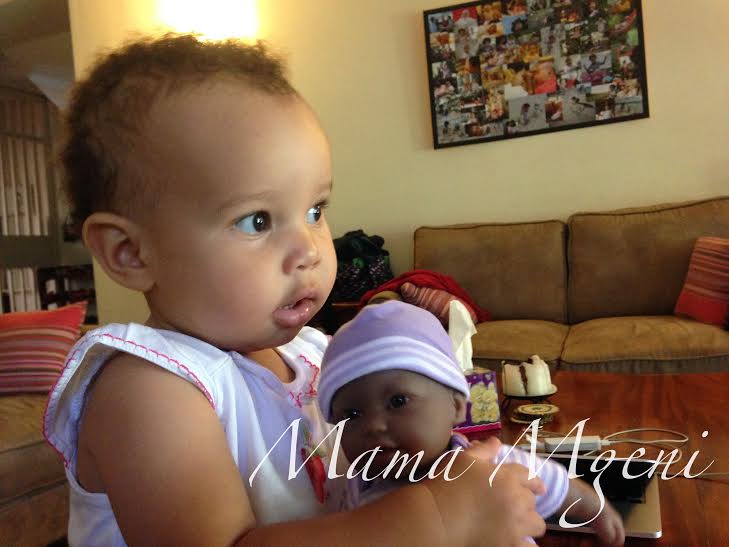
by Tara Wambugu | Mar 25, 2015 | 2015, Africa, Body Image, Guest Post, Identity, Kenya, Kids, Race, Tara Wambugu, Toys, World Motherhood, Younger Children

Today we welcome a guest post from Tara, who is writing from Kenya. You can follow her adventures in parenting at mamamgeni.com, where she blogs about raising her family with one foot in the expat world and the other firmly planted in her husband’s homeland. As she recently discovered, finding a black doll was no easy task–in either place.
“Mommy, there are three black people and one white person in our family.” My eldest daughter enjoys pointing out the obvious. She’s referring to me (white American), my husband (black Kenyan), and her baby sister (mixed-race, just like she is). She fully identifies as black, and has recently been expressing interest in race and skin color. We want our kids to explore their cultural and racial identities, and we try to ensure our toys and books reflect the richness of both of our cultures.
My youngest recently turned one, and we decided to get her a baby doll for her birthday. More specifically, we wanted to get her a black baby doll. Should be easy, right? We live in Kenya. No, not easy. THERE ARE ALMOST NO BLACK DOLLS HERE. Whenever you see Kenyan kids playing with dolls, they are almost always little white dolls with blonde hair. White baby dolls, white Barbies, white, white, white. You can find some nice black dolls handmade out of cloth, but they tend to be mommy dolls with babies on their backs. I was looking for a realistic baby, something she could cuddle and take care of, a baby of her own.
Since I was having no luck finding what I was looking for in Kenya, I decided to look for a black baby doll while I was in the US on a recent visit. My family lives in a greater metro area that is over 50% African American. I went to a local department store, and sought out the doll section. I expected to see a choice of dolls from different ethnicities (at least black and white dolls, given the racial make-up of the city). I was wrong – there was nothing but white dolls. Row upon row of white dolls. Blonde-haired, blue-eyed white dolls. Dozens of pink boxes with white dolls inside. Not the kind of dolls I was looking for.
Why was this so hard?
In the end, I decided to search online for a black baby doll, and found one that I loved. My daughter loves it too… She walks around the house, patting her baby’s back, swaying back and forth with a big grin on her face. I had some Kenyan colleagues at my house recently, and they asked where I had found our black doll. I told them my story, and together we lamented the fact that there were so few black dolls available in a predominantly black country.
There is a market for this kind of toy here, and someone is missing out on a serious business opportunity!
It is really important to me that my children have dolls and books that reflect who they are. My eldest is always looking for people who have skin like hers, or hair like hers.
She yearns to identify with a group of people. Having black baby dolls and books featuring black characters makes a difference. Dolls may be “just toys,” but they can mean so much more to a young girl who longs to connect and identify with others like her. What are dolls like in the country where you live? Do they reflect how the people look, or are they different in any way?
This is an original post to World Moms Blog by Mama Mgeni of Kenya.
Photo credit to Mama Mgeni.
Tara Wambugu is a wife, a mother of two, and a Kenya-based lifestyle blogger covering parenting, family life, travel, and more. A former aid worker, Tara has worked in various countries in Europe, Central Asia, Africa, and Central America. She is now a stay-at-home mom living in Nairobi with her husband and their two sassy little girls. You can follow Tara and her family’s adventures on her blog, Mama Mgeni.
More Posts - Website
Follow Me:






by World Moms Blog | Dec 3, 2014 | 2014, Awareness, Being Thankful, Caring, Casting a Wider Net, Economy, Eye on Culture, Guest Post, Helping, Human Rights, Humanitarian, Inspirational, International, Marketing, Motherhood, Multicultural, Philanthropy, Poverty, Rape, Social Equality, Social Good, Social Media, Tragedy, USA, Women's Rights, World Interviews, World Tour
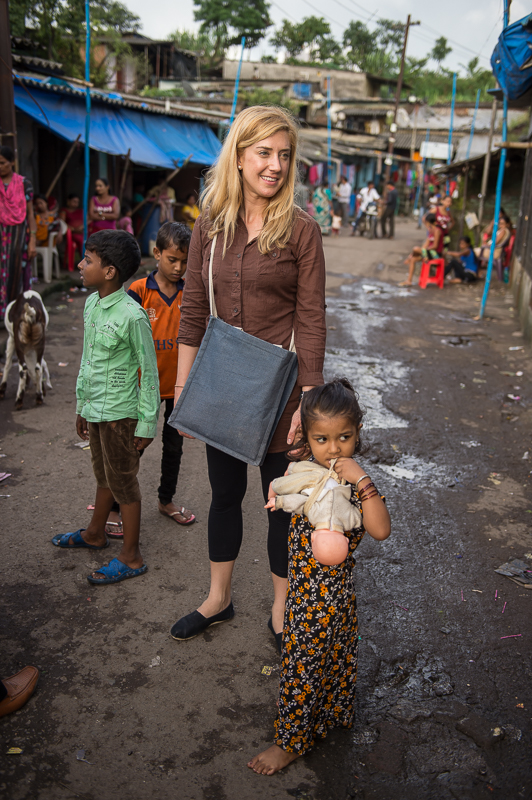
Jane Mosbacher Morris,
Founder of To the Market
What is To the Market and how did it get started?
TO THE MARKET | Survivor-made Goods (TTM) combines the powers of commerce and storytelling to empower the world’s most courageous survivor populations. We’ve developed a three-pronged social enterprise model that we believe reflects the needs of organizations employing survivors of abuse, conflict, or disease to help ensure that these organizations can continue to provide steady work to the survivors.
Our goal is that the survivors in our network eventually achieve economic independence, meaning that they aren’t dependent on someone or something else.
Our model includes (1) promoting survivor-made goods via our multiple distribution channels, including pop-up shops, custom sourcing, retail partnerships, and our online marketplace; (2) offering a platform for survivors and their champions to share their stories through TTM’s Stories and Huffington Post blogs; and (3) providing tailored services, such as trend forecasting and basic mental health resources, to our partners to improve production and management.
I started TTM after a trip to Kolkata, India revealed a way to impact the most vulnerable survivor communities by offering them an opportunity to earn an income.
I saw the light in the eyes of the survivor turned artisans when they were given the chance to earn—they wanted the dignity of work. I began speaking to incredible people all over the globe (including in the U.S.) who had created social enterprises to employ different survivor populations, usually by employing them to produce handicrafts.
I heard really positive feedback about the model of employing survivors (and all of the incredible benefits to the self-esteem and trajectory of the survivor and his or her children). However, I also heard about the challenges of making this model work—TTM aims to help augment these challenges.
Who are the artisans at To the Market?
TTM identifies and teams up with existing organizations currently employing survivors of abuse, conflict, or disease. We call these organizations “local partners”. Local partners consist of non-profits and for-profit social enterprises that have already set up shop, hired, and trained survivors to produce products.
TTM focuses on certain types of survivor populations. This includes, but is not necessarily limited to; survivors of abuse, such as survivors of domestic violence, physical and sexual abuse, and human trafficking; survivors of conflict, such as war widows, refugees, or persons living in conflict/post-conflict states ; or survivors of disease, including populations living with HIV/AIDS, leprosy, or physical disabilities.
We have partners across the globe, including in the U.S., South America, Africa, and Asia.
Do you see a pattern in consumers’ behavior when it comes to shopping responsibly?
I think there is a desire to shop more responsibly, but it often comes down to what people can afford. I am really proud of the fact that our local partners make a variety of products at all different price points—on-trend bracelets for under twenty dollars to timeless cashmere scarves for several hundred dollars.
Can you share a personal story that you think best represents the mission of the online shop?
I recently spent nearly a month in Nepal and India visiting with many of our local partners. I was particularly reminded of how transformational economic independence can be to these survivors when I spent time with their children—their daughters, especially. Most of the survivors we work with are women. When the women achieve economic independence, their daughters are so much less likely to be exploited. We recently wrote about a shelter in New Delhi, India that employs HIV/AIDs infected and affected women. You can see the video about the shelter and read about it on our Stories blog here.
How did you get involved with this work?
I began my career in counterterrorism with a focus on the intersection of women and security. Much of my mission was to try to elevate the role of women in national security-related issues, but I consistently found that women with some form of economic independence had so much more leverage in their family, community, and country than those with none.
That (five year) experience got the wheels turning quickly about the importance of economic independence in empowering vulnerable populations. When I went to work for the McCain Institute on human trafficking, I really saw how vital it was for survivors of some sort of trauma (whether it be abuse, conflict, or disease) to have access to some income.
It brings me extraordinary joy to be a part of the life-changing process of gaining even the slightest bit of independence.
What are your favorite picks for this holiday season?
- For Mom: I love this 100% cashmere scarf hand spun by master spinners in the Kashmir Valley! Each scarf contains the women’s initials that made it.
- For Dad: I love this red spice and merlot trivet. It’s the perfect size for cuff links, receipts, or coins and is neutral enough to sit comfortably on a nightstand or office desk. It’s hand-woven by craftswomen in Rwanda.
- For college kids: I have to suggest the patrice signature bag, which I am currently carrying by No41. It has two major points of impact!
- First, it provides a stable job and sustainable income to a young woman transitioning into a life of independence from living in an orphanage in Rwanda.
- SECOND (and perfect for the college student), it provides 240 meals to a secondary student in Rwanda!
- For kids: I love these brightly colored elephant ornaments (in pink or blue) hand-sewn by women in the Ivory Coast. Pink and blue patterns make it easy to pick for a boy or girl.
- For the office or book/dinner club gift exchange: I selected either a Sari Coin Purse hand-sewn by human trafficking survivors in Kolkata, India or this Hope Ornament pounded out of recycled metal oil drums in Haiti. Even if you don’t have a tree, you can hang this Hope sign up to encourage you! Both come in under $10, the perfect price point for small gifts.
- I am also including a couple “splurge on yourself “ items because I feel like most moms that I know only spend on others! I’ve included the Holiday Festive skirt, because it’s the perfect pattern for this time of year and also because it’s made by stay-at-home moms in Belize who are caring for sick children. Or, this Soledad Peru bag. The Suede straps and bottom make it strong enough to carry six wine bottles (yes, please!). The bag was made by women weavers in a valley deeply scarred by the Shining Path.
How can World Moms help spread the word about shopping responsibly this holiday season and beyond?
What a great question! Helping to get the word out about social enterprises like TO THE MARKET via social media and blogging is a tremendous help, in itself. Someone doesn’t have to have a huge following, either! Just telling your family or friends that these social enterprises exist makes a difference. So much of why so many social enterprises struggle is because they don’t have the marketing budget that big box retailers have to tell their story. There is nothing more flattering (or effective) than a personal referral!
This is an original interview with To the Market founder, Jane Mosbacher Morris, for World Moms Blog. You can learn more about the good work and great products To The Market sells by visiting their website (http://www.tothemarket.com/goods)
The image in this post is used by permission from To the Market.
World Moms Blog is an award winning website which writes from over 30 countries on the topics of motherhood, culture, human rights and social good. Over 70 international contributors share their stories from around the globe, bonded by the common thread of motherhood and wanting a better world for their children.
World Moms Blog was listed by Forbes Woman as one of the "Best 100 Websites for Women 2012 & 2013" and also called a "must read" by the NY Times Motherlode in 2013. Our Senior Editor in India, Purnima Ramakrishnan, was awarded the BlogHer International Activist Award in 2013.
More Posts























